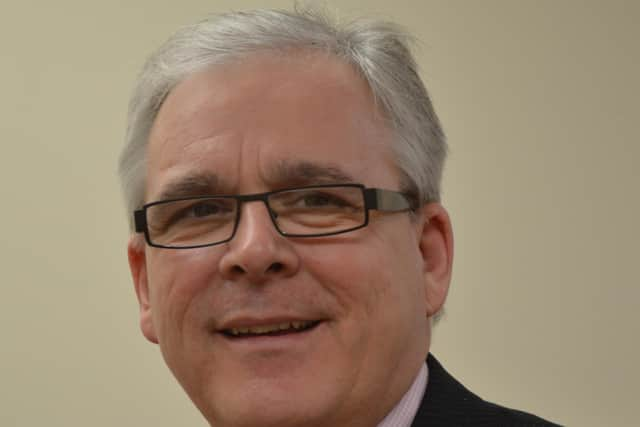Surrey and Sussex Healthcare A&E sees more than 12,000 admissions with no obvious medical condition
and live on Freeview channel 276
The Royal College of Emergency Medicine said many people anxious about their health have ‘no alternative’ but to turn to A&E for treatment, and added that pressures on emergency departments should not fall on the public.
NHS Digital data shows roughly 12,110 admissions had a primary diagnosis of nothing abnormal detected at Surrey and Sussex Healthcare NHS Trust in 2019-20.
Advertisement
Hide AdAdvertisement
Hide AdThese attendances accounted for 11 per cent of all A&E activity at the trust over the period – among the highest proportions of 137 trusts which submitted data.


And such visits cost Surrey and Sussex Healthcare around £2.9 million last year, the figures show.
The NHS says A&E is for serious and life-threatening emergencies, with patients urged to call 111 over other urgent illnesses.
But Dr Adrian Boyle, vice president of the RCEM, warned there are ‘many reasons’ why someone could attend an emergency department and then be discharged with no serious diagnosis made.
Advertisement
Hide AdAdvertisement
Hide Ad“They may attend because there is simply no alternative, or they are directed there by an external agency”, he said.
Dr Boyle added: “If patients are unsure about attending A&E or if they have a non-life-threatening condition then they should call NHS 111 where they will be directed to the best care for their particular condition.
“But crucially patients won’t know the severity of their condition without clinical expertise or examination. Sometimes cases do show no abnormality and at those times we will discharge the patients appropriately.
“However, there are times when we do discover something serious and their attendance may save their life as we are able to swiftly provide appropriate treatment.”
Advertisement
Hide AdAdvertisement
Hide AdHe said concern over pressures on A&E departments should not be shouldered by the public, adding that an “adequately staffed and funded” health service can meet patient and community demand.
Across all trusts in England which provided figures, £178 million was spent on 1.1 million non-urgent A&E attendances in 2019-20.
Sarah Scobie, deputy director of research at the Nuffield Trust health think tank, said despite A&E attendances dropping ‘significantly’ during the pandemic, those with a listed diagnosis of ‘nothing abnormal’ did not fall any further than other admission types.
She said: “This suggests that they could not be helped elsewhere in the system or still felt that A&E was the most appropriate service for them.”
Advertisement
Hide AdAdvertisement
Hide AdMs Scobie added that the NHS has made several attempts to divert patients with less serious conditions, including encouraging patients to use the 111 service.
“This process may reduce pressure on ‘front door’ services but is unlikely to reduce admissions to hospitals from those with an urgent need for care,” she said.
Michael Wilson CBE, chief executive at Surrey and Sussex Healthcare NHS Trust, said: “We know a number of patients visiting our emergency department could have been seen elsewhere.
“To ensure people get the right medical help in the first instance, we encourage anyone with less serious conditions to contact their local pharmacy, GP, urgent care centre or NHS111; this will help keep A&E for the people who need it most.”
Advertisement
Hide AdAdvertisement
Hide AdMaking sure people have excellent access to all of these services - and know how they can use them - are key aims as the trust develops integrated care systems for its communities, he said.
He added: “As always, our services are open and available 24/7 to provide care for anyone that requires serious or life threatening hospital treatment.”